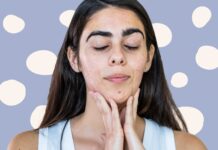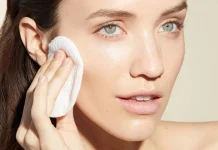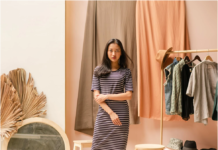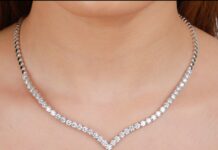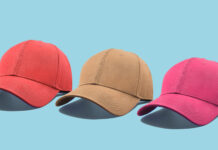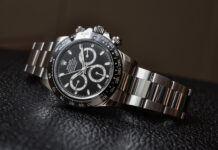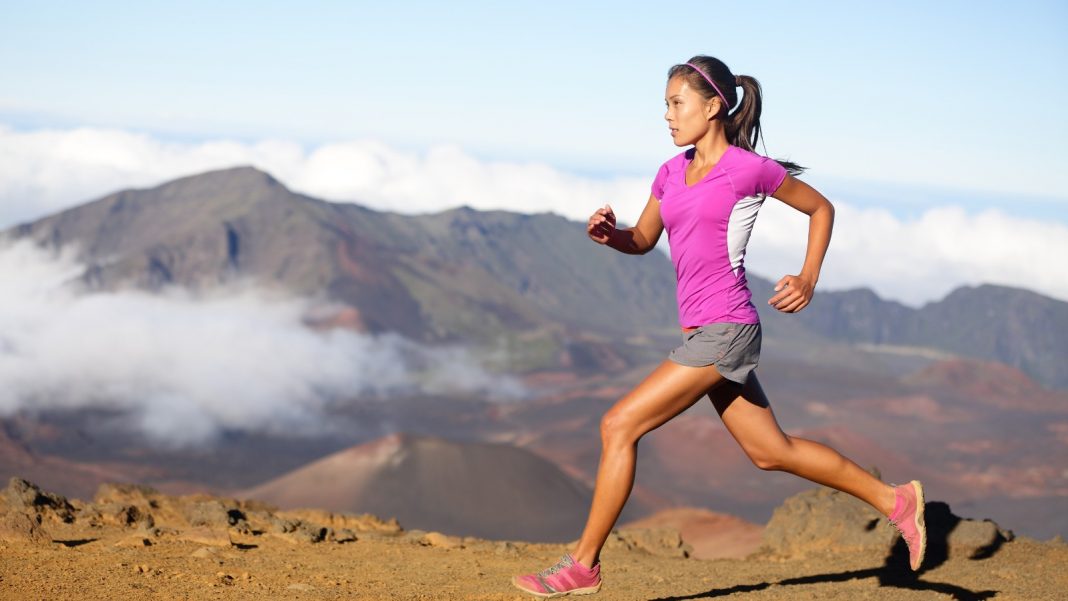When selecting a new pair of shoes, we often go for the ones that are the most attractive. Women often pick the ones that they deem “cute” while men often opt for shoes that look “cool.” Does this sound familiar?
The problem with picking shoes merely based on its aesthetics, however, is that the pair you end up selecting might not only be uncomfortable but may also contribute to foot pain; poor posture; bone and/or arch deformities; or even swelling, blisters, or bursitis. Long-term wear of the wrong shoes may also contribute to back, knee, and hip pain.
In the early stages, wearing the wrong shoes may pose very little problems like minor pain and discomfort after walking in them for an hour or few. However, the less supportive and well-fitting your shoes are, them more likely you are to deal with short- and long-term problems like bunions, nail bed damage, or toenail fungus.
That said, finding shoes that are backed by scientific research in terms of being comfortable and well-supportive is important for the appearance and health of your feet. Here’s how you can find the right shoes:
Shop for shoes towards the end of the day or right after working out.
According to Better Health, your feet at the largest at the end of the day or right after a workout session. When your feet are their largest, this is the best time to try on a new pair of shoes. This can, in turn, ensure that the new pair of shoes you purchase won’t be too tight no matter the season, time of day, or how active you are.
If you purchase shoes earlier in the day, however, you may end up with a pair of shoes that are too tight throughout the latter half of the day, risking your chances of dealing with foot tightness, swelling, pain, bunions, and damaged nail beds.
When trying on shoes, always wear regular socks.
Trying on a pair of shoes without socks that are designed to be worn with socks is not a wise idea. Whether you typically wear thinner or thicker socks on a daily basis, it’s vital that you are wearing them when you go to try on your shoes. Trying on tennis shoes without socks might result in you purchasing shoes one half to a whole half too tight.
Never rely on the free nylon shoes shoe stores often have sitting out for you to utilize when trying on shoes. These are not meant to be used to try on tennis shoes and other close-toed shoes that are typically worn with normal to thicker socks, but rather, dress shoes and slip-ons.
Not going to be wearing socks at the time you go to try on shoes at your local shoe shop? Bring a pair from home, or purchase some in the store you’ll be buying your new shoes from. Normally wear tennis shoes without socks? Think again. Research shows that wearing sneakers without socks is harmful.
Notice if your heel slips when you walk in your prospective new shoes.
A tell-tale sign that a pair of shoes are too large for your feet is if your heels slip out of the pair of shoes each time you take a step. This isn’t uncommon if you aren’t wearing socks with your prospective new pair of shoes. However, wearing normal socks, there should be zero slippage.
If you are experiencing heel slippage disregarding selecting the right shoe size, here are ways you can prevent pesky blisters.
Wiggle all your toes when trying on a pair of shoes.
When trying on a pair of close-toed shoes, always wiggle around your toes, and pinch the end to see how far your big toe is from the end of your shoes. If your big toe is more than a half inch away from the end of your shoes, they may be too large. Toes that can’t wiggle or constantly touch the end of your shoes? Go for bigger shoes.
Research shows that leaving about a centimeter from your big toe to the end of your shoes is the most ideal, especially for adults whose shoe size won’t change or may barely change over time.
Examine the soles thoroughly.
The soles of your new pair of shoes should not be thin, very flat, slippery, nor easy to bend or twist. According to Piedmont Healthcare, the right soles should be difficult to manipulate and should have an adequate arch system. Likewise, the insoles of your shoes should also be supportive and comfortable. If you have a special condition, you need even more support. Consider shoe inserts for heel spur or any other condition affecting your feet.
Walk on both soft and hard surfaces with the pair of shoes.
The same pair of shoes can feel differently depending on the surface you are walking on. Some shoe stores have both hard and soft walking surfaces like carpet and tile or carpet and wood flooring. Walk on both. The way your shoes fit and the way your feet feel when walking on hard surfaces is especially vital to take note of.
According to UCSF Health, walking or running on harder surfaces creates the most shock for our joints, which may contribute to injuries. That’s one reason why finding a supportive pair of shoes with cushioned, properly-arched soles and insoles is so vital.
Don’t just consider length but also width.
Although shoe length is vital, the width is also important. According to the Mayo Clinic, whether shoes are too narrow or too wide, this can result in painful blisters, bunions, and/or hammertoes. If you are a woman with wider feet, some shoes are offered in an extra-wide size. Men’s sneakers are also wider and may be more suitable for your feet.
Clearly, there are many things to look for in a good pair of shoes. However, time may prevent you from going store-to-store to look for the right ones. Looking to find those perfect pair of shoes soon? Browse shoes here for a wide selection of different colors and styles right at your fingertips.
Conclusion
The truth is, we all want to wear shoes we think are attractive and generally provide what we want in a pair of shoes on an aesthetic level. Some us might prefer colorful athletic shoes, but others of us might like flip-flops with a touch of bling. The reality is, though, that the shoes we gravitate towards are often not good for the health of our feet. When picking a new pair of shoes, it will be important that you keep the latter suggestions and research in mind. Failing to select a pair of shoes that will be supportive for your feet and the rest of your body will only lead to pain, injuries, and potentially chronic foot or posture problems.



